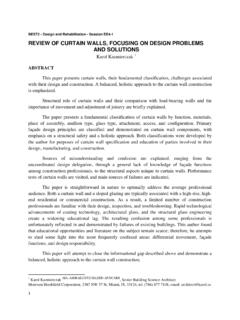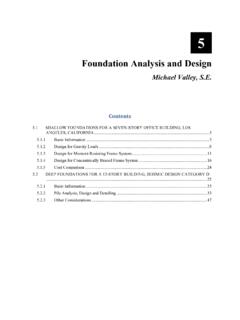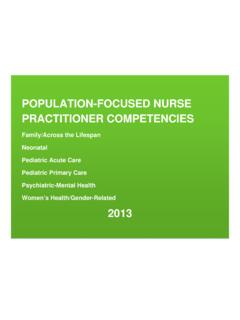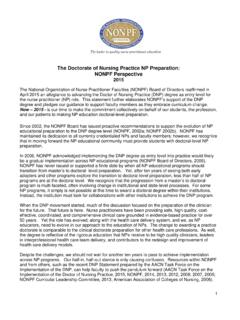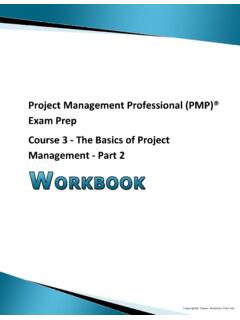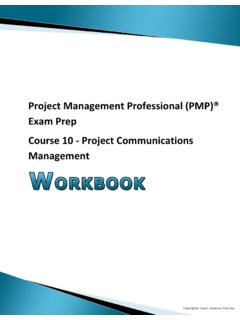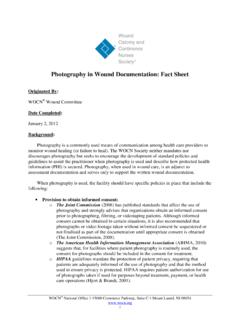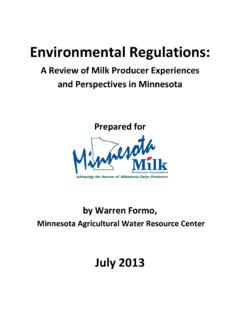Transcription of GLOSSARY OF FORENSIC TERMS
1 GLOSSARY OF FORENSIC TERMS Please Note: This list of TERMS has been created from various sources used by SAFEs. It is not an exhaustive list, and terminology used in any particular program may differ from this, and may be determined by local practice, policy and procedure! Abrasion- Superficial damage to the skin. It is the scraping away of a portion of skin or mucous membrane, resulting when the skin contacts a rough object with sufficient force. Acid phosphatase- an enzyme found in many tissues but is 500 to 1000 times more active in human semen than any other body fluid. May be used forensically as an indicator for the presence of semen. Acroposthitis- Inflammation of the prepuce Acquittal- A courtroom verdict in which a criminal defendant has not been found guilty. Adnexa- The appendages of the uterus, usually including the fallopian tubes, ligaments and ovaries.
2 Adolescence- Period of transition, from the beginning of puberty until sexual maturity. Adult- The sexually mature individual: those 18 years and older Advocate- A person who aligns themselves with the patient, providing emotional support, referral services for follow-up, contact with social services, legal assistance, arrangements for transportation, presence in court, and for other needs. Affect- Externally displayed mood, emotional tone or feeling. Alleged- An assertion before proving. A claim yet to be proven. Allele - Any of several alternative forms of a gene or STR locus found at the same point on a particular pair of chromosomes Alternative light source- A 450 nanometer visible blue light: when this light illuminates the skin, there may be an augmentation in the appearance of pattern injuries when viewed through colored blocking filters (Golden, 1994) Amenorrhea- absence of the menses.
3 Anal Canal- Terminal portion of the large intestine, extending from the rectum at the dentate line to the anus. Anal dilatation- Immediate opening (within 30 seconds) of the external and internal anal sphincters with minimal traction on the buttocks. Anal fissure- A superficial break or split in the peri-anal Anal fold flattening- A reduction or absence of the anal folds: occurs normally when the external anal sphincter is partially or completely relaxed. Anal folds- see peri anal folds Anal laxity- Decrease in muscle tone of the anal sphincter, resulting in dilatation of the anus. Anorectal line- the line where the rectal columns interconnect with the anal papilla: also called the dentate line. Anal skin tag- A protrusion of perianal tissue that interrupts the symmetry of the perianal skin folds: does not smooth out with traction.
4 Anal venous congestion- Pooling of venous blood in the perianal tissues resulting in a purple discoloration, which may be localized or diffuse. Anteflexion- the bending of an organ so that it s top is thrust forward. Anthropology ( FORENSIC ) - generally speaking, the FORENSIC anthropologist is a skeletal biologist who applies what is known about human skeletal variation to the individual case by developing a profile (age, sex, ancestry, stature) Anus- The anal orifice; the outlet of the large bowel, opening of the rectum. Appeal- a request made after the end of a trial, asking a higher court to decide whether the trial was conducted properly. Areola- The darkened area surrounding the nipple of the mammary gland. Arraignment- first court appearance; the defendant may plead guilty, not guilty, or no contest.
5 Autopsy The dissection of a corpse in order to gain medically relevant evidence, usually related to the cause and time of death. A medico legal ( FORENSIC ) autopsy is ordered by the coroner or medical examiner, as authorized by law, with the statutory purpose of establishing the cause and manner of death and answers other medico legal questions. Atraumatic- not producing injury. Bacterial Vaginosis- A condition in which the lactobacillus of the vagina are replaced with high concentrations of anaerobic bacteria, Gardnerella vaginalis and mycoplasma hominis; symptoms are vaginal discharge and malodor. Balanitis- Inflammation of the glans penis. Balloon Technique- a FORENSIC examination technique which involves using a foley catheter balloon, inserted in to the vagina and inflated, to assess the hymen.
6 Bayesian - A method of combining the likelihood ratio with additional a priori information to produce an overall estimate of the strength of a piece of evidence, named after the Rev. Thomas Bayes, eighteenth century British mathematician. (1702-1761). Bindle- a sheet of paper folded in such a way as to contain evidence in a secure manner. Biology ( FORENSIC ) - Biology, the study of life, is fundamental to FORENSIC Science and Medicine. The boundaries and sub-divisions within are fluid, but its application to death and crime scene investigations is essential. Cellular and molecular biology, genetics (and other sub-specialties focusing on human populations) and biomedicine benefit - and benefit from - the investigation of practitioners of the FORENSIC Sciences. Biological Evidence - Any type of biological matter including blood, urine, semen, feces, tissue, skin cells, decomposition fluid, saliva, tears, mucus, perspiration, vomit, and pus.
7 Biometrics- The use of physical features and characteristics such as face, fingerprints, handwriting, retinal patterns to identify a person because those features and characteristics are unique to that individual. Blood Spatter - A wound that causes blood to flow provides FORENSIC scientists trained in the properties of blood and in analysis of its behavior with important information. For instance, from the diameter, shape and pattern of blood spatter, the position of the victim, and sometimes of the weapon or person wielding the weapon, can be determined. Bruise- A blotchy, superficial discoloration due to hemorrhage into the tissues from ruptured blood vessels beneath the skin surface, caused by force, without the skin itself being broken; also called a contusion. Buccal sample/swab - a sample collected by rubbing a sterile swab on the inside of the mouth or cheek.
8 This transfers loose skin cells onto the swab, cells which can then be used to generate a DNA profile. Buttock-either of the two fleshy masses formed by the gluteal muscles on the posterior aspect of the trunk. Bull s eye injury- A patterned injury assuming the shape of the offending object, whether circular, oval or rectangle, there is a pale center with a hyper vascular or petechial surrounding area. Candidiasis- Common fungal infection of moist areas of the body. Also known as a yeast infection . Women with vulvo-vaginal candidiasis may experience genital itching or burning, with or without a "cottage cheese-like" vaginal discharge. Males with genital candidiasis may experience an itchy rash on the penis. Cervical os- opening in the cervix leading in to the uterine cavity. Cervicitis- Inflammation of the cervix.
9 Cervix- The neck of the uterus, penetrated by the cervical canal, it is about cm in length, with a rounded surface that protrudes into the vagina; for descriptive purposes the rounded surface is divided in half at the cervical os, into the anterior and posterior certvical lips. Chain of Custody/Evidence- A continuous succession of persons responsible for the evidence with the purpose to ensure there is neither alteration nor loss of evidence: the documentation of the chain of custody is a record of times, places, and persons who have been responsible for the evidence. Transfers should be kept to a minimum and when transfers are made, they should be documented carefully. All transfers of custody of evidence must be logged with: the name of the persons transferring custody-the name of the persons receiving custody-and the date and time of each transfer: the documentation may be attached to the evidence envelope.
10 Chancre- Primary lesion of syphilis. A true chancre begins as a papule which breaks down in to a reddish ulcer, generally firm with little or no pain; frequently located on the external genitalia, it may be on the lips or fingers. Chlamydia- One of the most common sexually transmitted diseases in the world, caused by Chlamydia trachomatis bacterium . It causes nongonococcal urethritis and PID (pelvic inflammatory disease), (blindness caused by flie not sex.) . Chromosome - a rod-shaped structure found inside most human cells. Consist mainly of long coils of DNA, and as such are the storage unit of DNA in the cell. Humans have 23 pairs of chromosomes; one set of 23 inherited from the father, the other set from the mother. CI(BS) Act - the Criminal Investigations (Bodily Samples) Act 1995.
